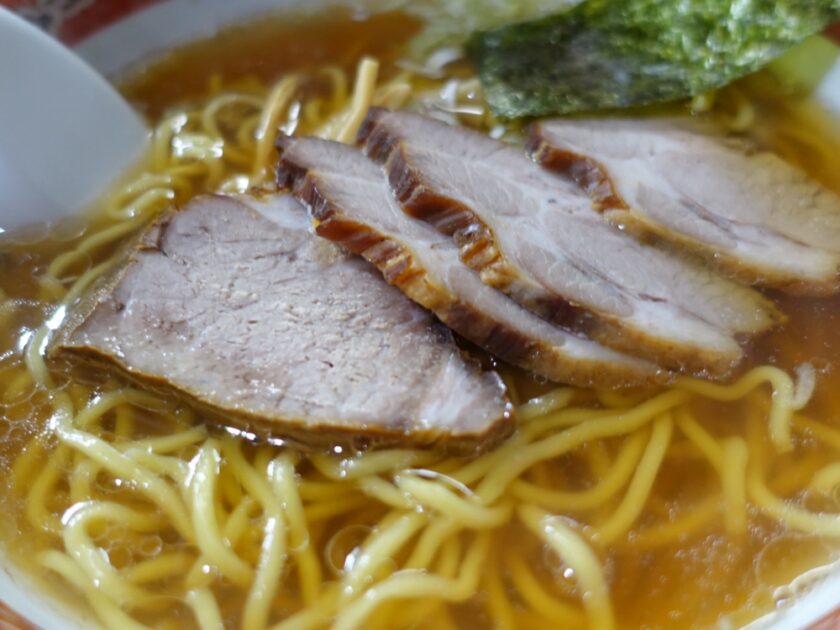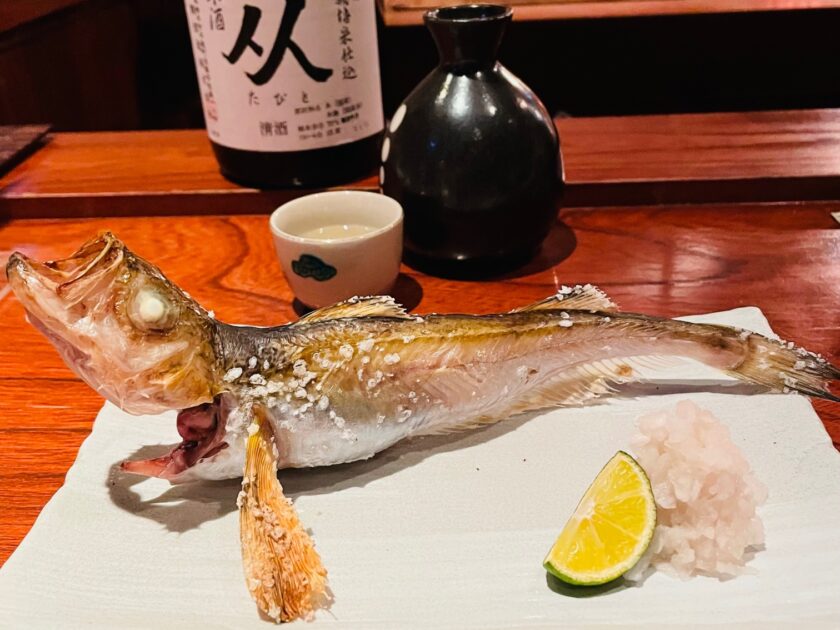How to Eat Ramen for Foreign Tourists 1
How to Eat Ramen for Foreign Tourists 1 Table of Contents 1. Introduction 2. Classification of Ramen 2-1. Shoyu (Soy Sauce) Ramen 2-2. Shio (Salt flavored) Ramen 2-3. Miso Ramen 2-4. Tonkotsu (Pork bone) ramen 2-5. Tori-Paitan Ramen (Whitish chicken bone soup) 2-6. Tsukemen 2-7. Abura Soba 3. Toppings 4. How to order ramen 5. Ramen consumption ranking and local specialty ramen in top cities 1. Introduction Japanese ramen is one of the most popular dishes for foreign travelers. According to the Japan Tourism Agency’s Survey of Foreign Visitor Consumption Trends in Japan (2019), meat dishes ranked first (26.7%) and ramen second (19.3%) as the most satisfying food and drink, confirming its popularity. Sushi (15.6%) and fish (12.6%) came in third and fourth, respectively. As you know, ramen has its roots in the noodle cuisine of mainland China. It is said that noodle dishes from the Chinese mainland were introduced to Japan after the opening of ports in the late Edo period (Shimoda and Hakodate in 1854). Since then, ramen has evolved in various ways, with each restaurant adding its unique Japanese arrangement to the dish. I am a ramen lover, eating about 100 ramen a year. I



